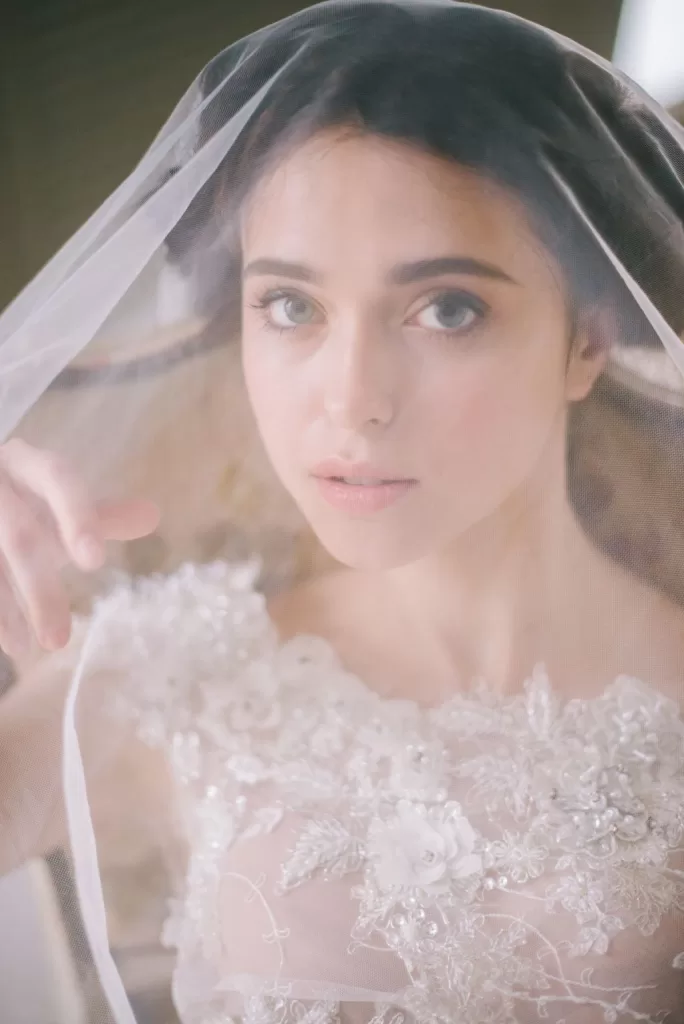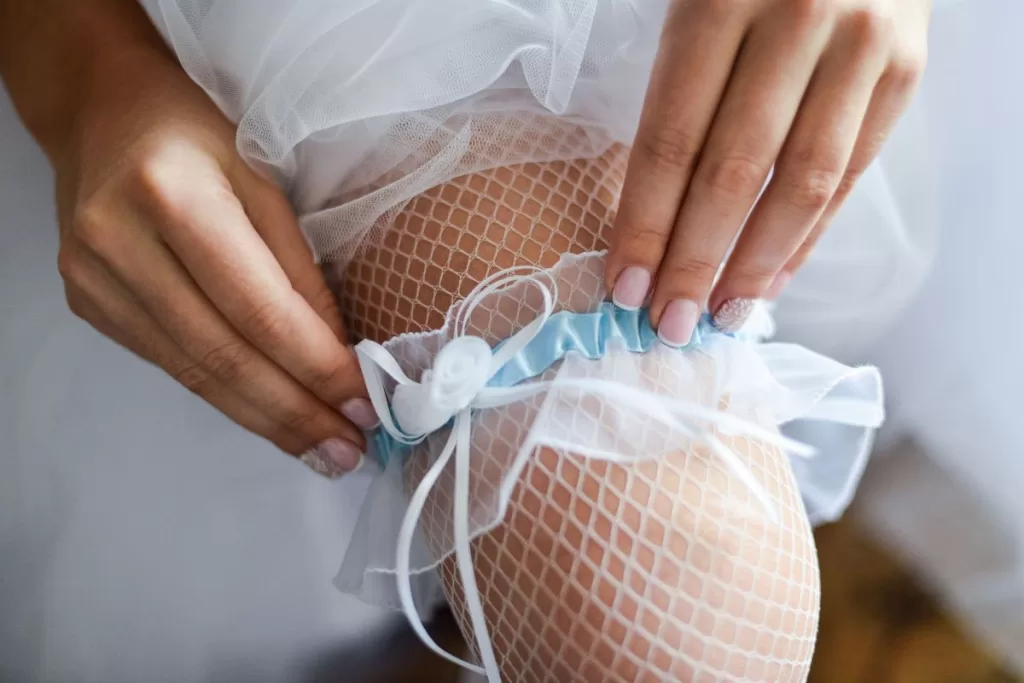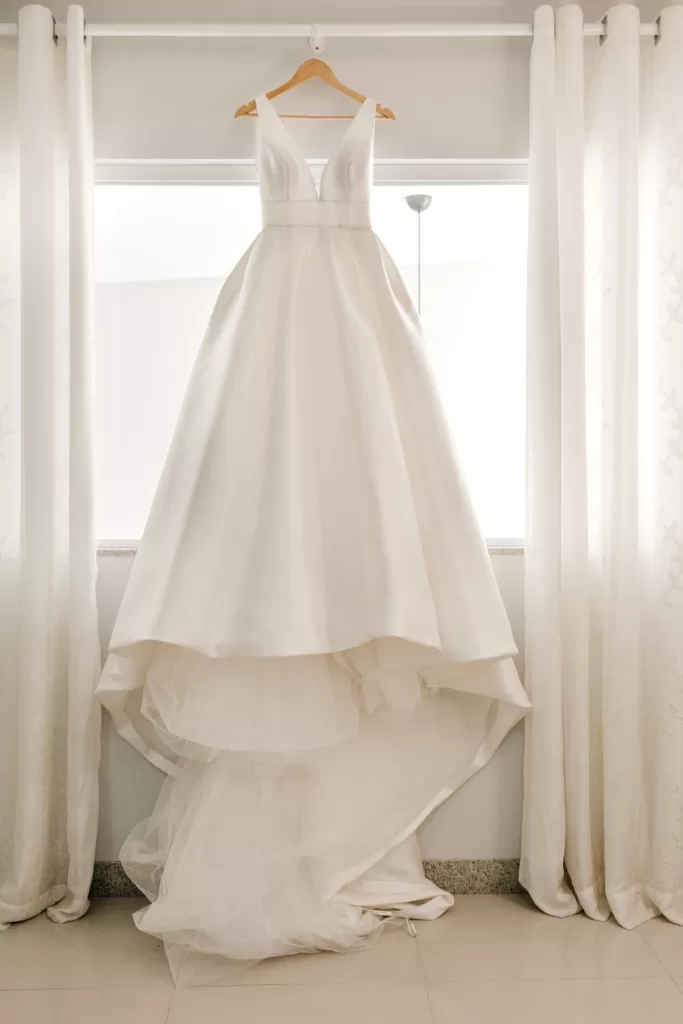Wedding traditions from past to present
Before your big day, there are loads of common wedding traditions, but where do they all originate from?
So many of today’s favourite wedding traditions stem from ancient
times and can make for some interesting conversations.

Wearing white is a relatively new tradition and is said to have
originated in 1840 at the royal wedding of Queen Victoria and Prince Albert as she wore a light-coloured satin gown. Many went on to take on the tradition and it was said to symbolize purity and virginity in that time.

The veil was used by many cultures and religions, from Christianity,
Judaism, Islam, and Hindu, and have all used some type of veil during wedding ceremonies. Ancient Roman brides wore bright yellow veils, said to look like a flame, symbolizing light and warmth. Jewish brides are veiled as a nod to the story of Jacob being tricked into marrying Leah rather than his intended Rachel—lifting the veil allows the groom to make sure he’s marrying the right person.

Wearing wedding rings was started by the Egyptians who gave their
beloved a ring which represents eternity. When Alexander the Great
conquered the Egyptians, the Greeks adopted this tradition, making
their own “love” rings inscribed with Eros and Cupid. Men only began to wear formal wedding rings around World War I.
Wearing a wedding ring on the fourth finger is quite a story as many married folk today wear their wedding ring on the fourth finger of their left hand, called the “ring finger” for this very reason. You can credit this to the ancient Egyptians as well. They believed the “vein of love” ran through the ring finger, directly to the heart. The Romans adopted this tradition, along with the giving of rings, to show love and commitment. As most people are right-handed, the practice of wearing a wedding ring on the non-dominant hand emerged to protect the ring from wear and tear.
Kneeling to propose…
No one is quite sure where the tradition of a man getting down on one knee to propose started. Some say it began back to medieval times, when knights knelt before ladies. Others guess that because it was a sign of surrender during feudal wars that men did it as a symbol of surrendering their will and fortune to their beloved.
Holding wedding ceremonies used to be a much looser affair. In most cultures, it simply required the consent of both parties, usually in the presence of witnesses. In the middle ages, English couples showed their consent by accepting an object given to them by their beloved.
This object was called a “wed” and was often a ring. The ceremony of joining two people in marriage then got the name “wedding,” a word we still use today.
The Catholic Church signed the sacrament of marriage into religious
law in the 16th century, and to this day, many people opt to get
married in a church.
Tossing the bouquet was first recorded in England in the 1700s but
likely started earlier. It also comes from the idea that it was lucky
to have a piece of the bride’s clothing. Single women would rush to
the bride after the ceremony to touch her and tear off a bit of her
dress. To avoid having her dress ruined, the bride would toss the
bouquet as a diversion and then run!
“Something old, something new, something borrowed, something blue, and a sixpence in your shoe.” The old English rhyme is traditionally used as a guide to what the bride should have before getting married: one item each to remind her of her past, focus on her future – help her cherish her loved ones.
Having bridesmaids and groomsmen comes from darker, more violent times, when potential brides were seen as property to be kidnapped, stolen, or even killed by rivals. There are records of people in both ancient Rome and China having an entourage of women in dresses that match the colour of the bride to be used as decoys.
Similarly, groomsmen were the groom’s bodyguards. Romans formalized the tradition, making it a law that a couple had to have at least 10 witnesses wearing matching colours to certify the marriage. Queen Victoria again set the modern trend when she had 12 bridesmaids wearing matching white gowns.
Source: Readers Digest





























